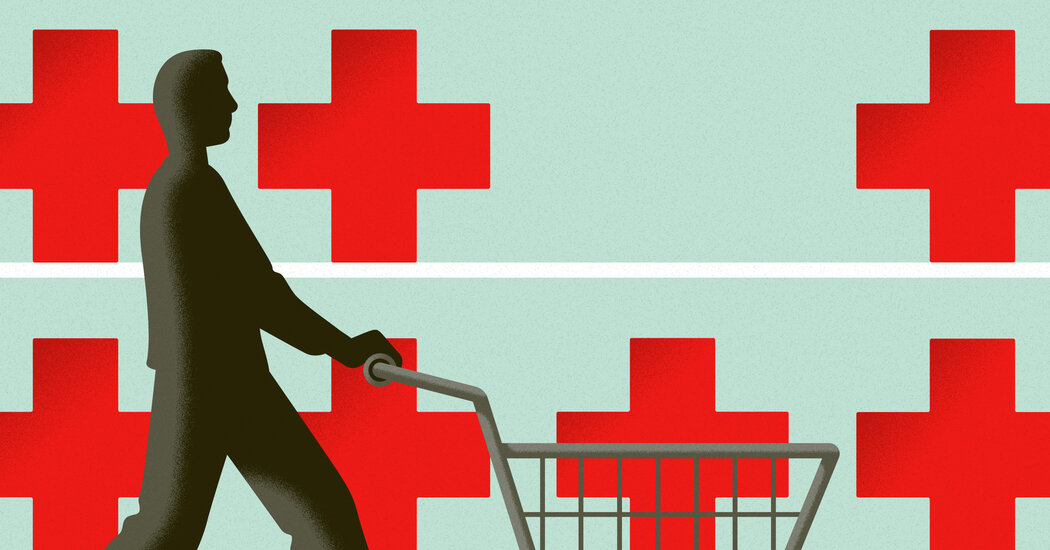Four out of five customers on HealthCare.gov, the federal Affordable Care Act insurance marketplace, will be able to find coverage for $10 or less per month after subsidies, according to the government. Premiums vary, but the situation should be similar at many of the marketplaces run by 18 states and Washington, D.C., Ms. Cox said.
“If you applied a few years ago and didn’t qualify,” she added, “it’s worth applying again.”
In general, you are eligible for marketplace coverage if you lack affordable coverage through your job or don’t qualify for government health insurance programs like Medicare and Medicaid.
Unsubsidized monthly premiums — the “sticker” price — for a benchmark silver plan are rising 4.5 percent on average as a result of inflation and greater use of health care services since the pandemic, according to a KFF analysis. (Plans are grouped by metal levels, ranging from bronze plans, which have low premiums but higher out-of-pocket costs, to gold and platinum plans, which have higher premiums and lower out-of-pocket costs.) The average monthly premium for a benchmark silver plan is expected to be about $477 for an individual, and the average lowest-cost bronze plan $364, KFF found.
Most marketplace customers, however, don’t pay those sticker prices, because tax credits lower their monthly cost — to zero, in some cases. Premium tax credits are based on a family’s size and income and the cost of plans in the area. For 2024, people with income up to 150 percent of the federal poverty level — $21,870 for an individual or $45,000 for a family of four — have a zero premium contribution for a silver benchmark plan.
More middle-income people can also qualify for subsidies, at least for now. In the past, someone who earned more than four times the federal poverty level wasn’t eligible for tax credits to lower premiums. But the rules were temporarily tweaked in 2021 to make the income cutoff less abrupt. Now, premiums are capped at 8.5 percent of household income for people earning more than four times the poverty level ($120,000 for a family of four for the 2024 plan year).


